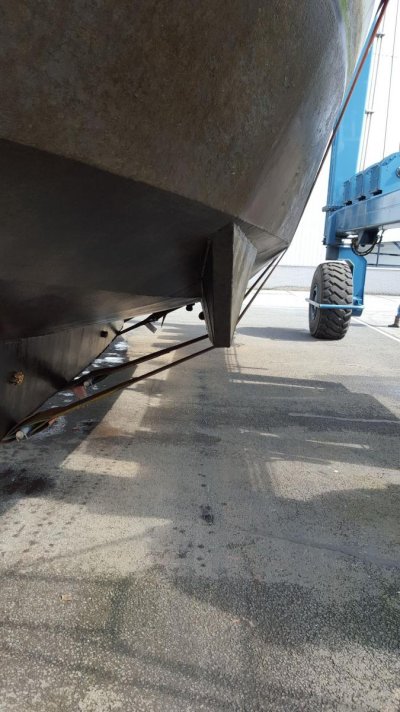"On all the keel cooled boats I've seen, there is only the normal thermostat that is integral to the engine. It causes coolant to circulate within the engine, and divers only as much to the keel cooler loop as is needed to maintain proper engine temp. It's no different than regulating the portion of coolant that flows to a radiator, or the portion that flows through a heat exchanger for a sea water cooled engine."
The problem is a keel cooler is designed to work in the extreme. Tropics, heavy load , slightly fouled .
When coolant is released to a radiator the return water to the engine is only about 20-30deg below the engines operating temperature. Trucks cover most of the radiator in really cold weather to maintain the radiator temperature. A keel cooled boat may have the cooler in 40f or 50F water so the return temperature can be over 120f colder than the circulating water.
A just started cold engine mostly warms up as a unit.
An engine with a constant over 100deg difference in the departing coolant and the return coolant can experience a thermal shock that will have the block distorted , and all the precision machining is for naught.
The engine will survive , but there will be a higher fuel bill and some service life lost.
A bypass thermostat is cheap insurance for engine longevity as well as more constant heat that can be used to heat crew quarters , FW supply and warm the hand rails and a drying hanging locker..



